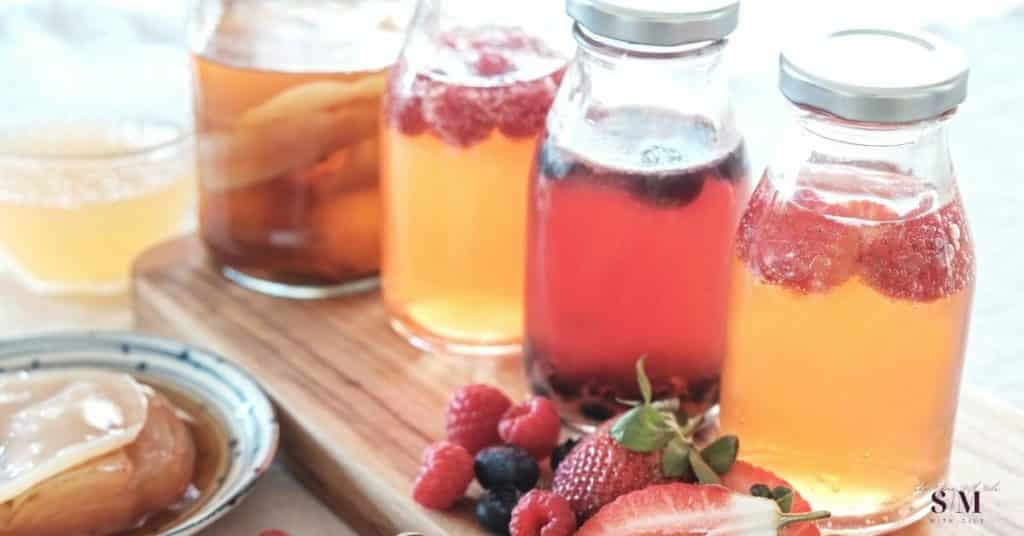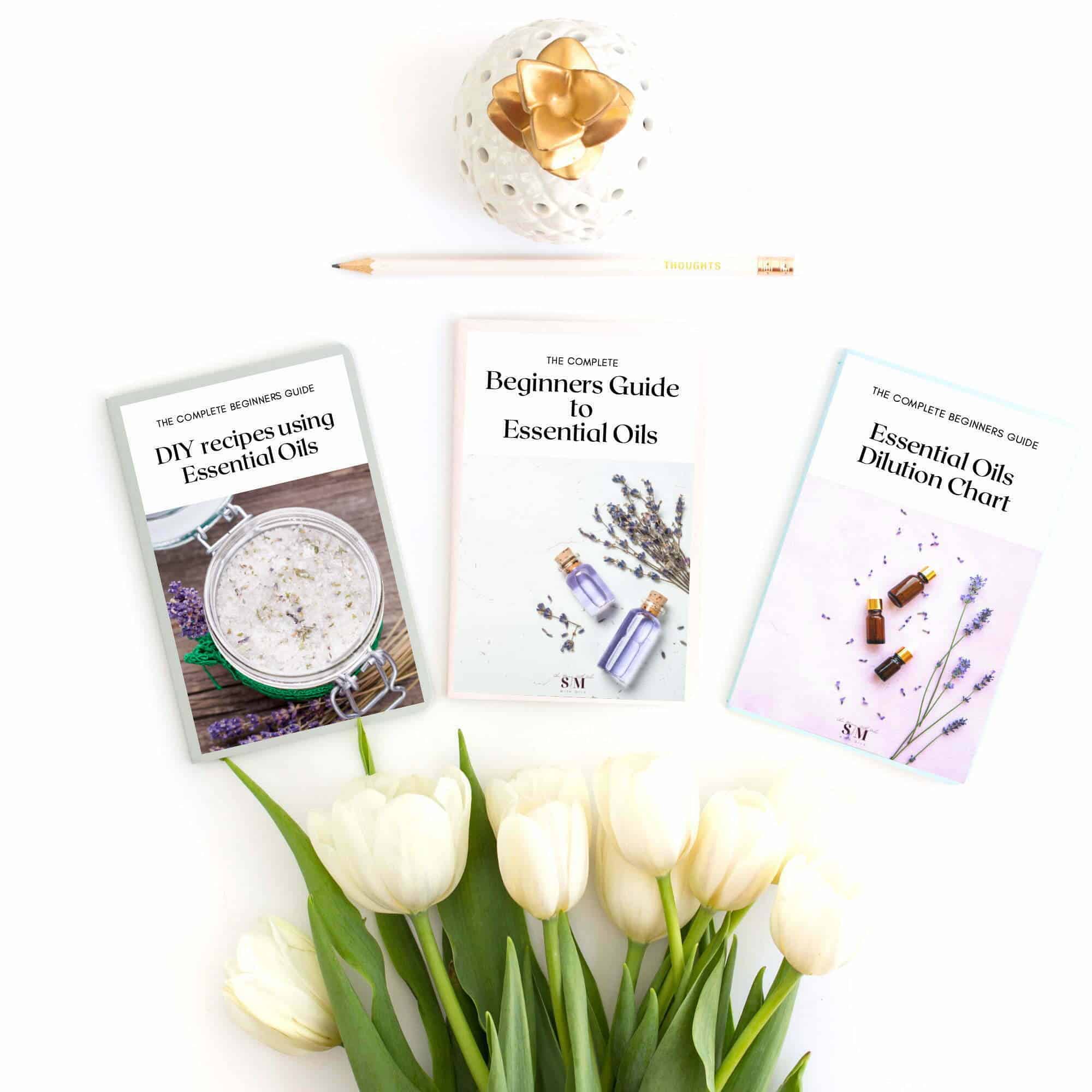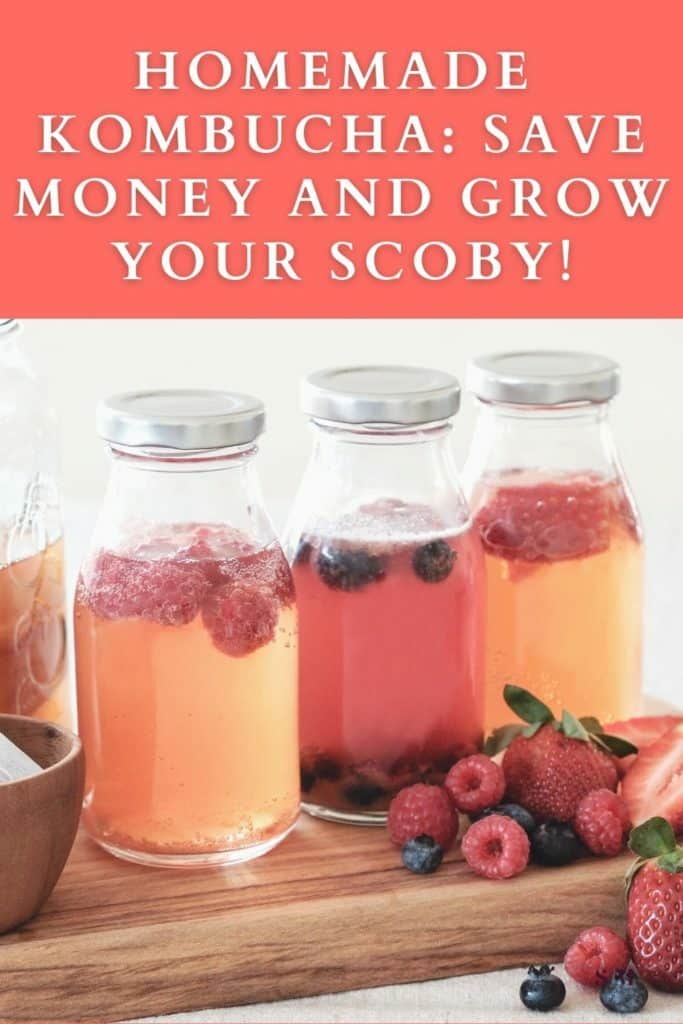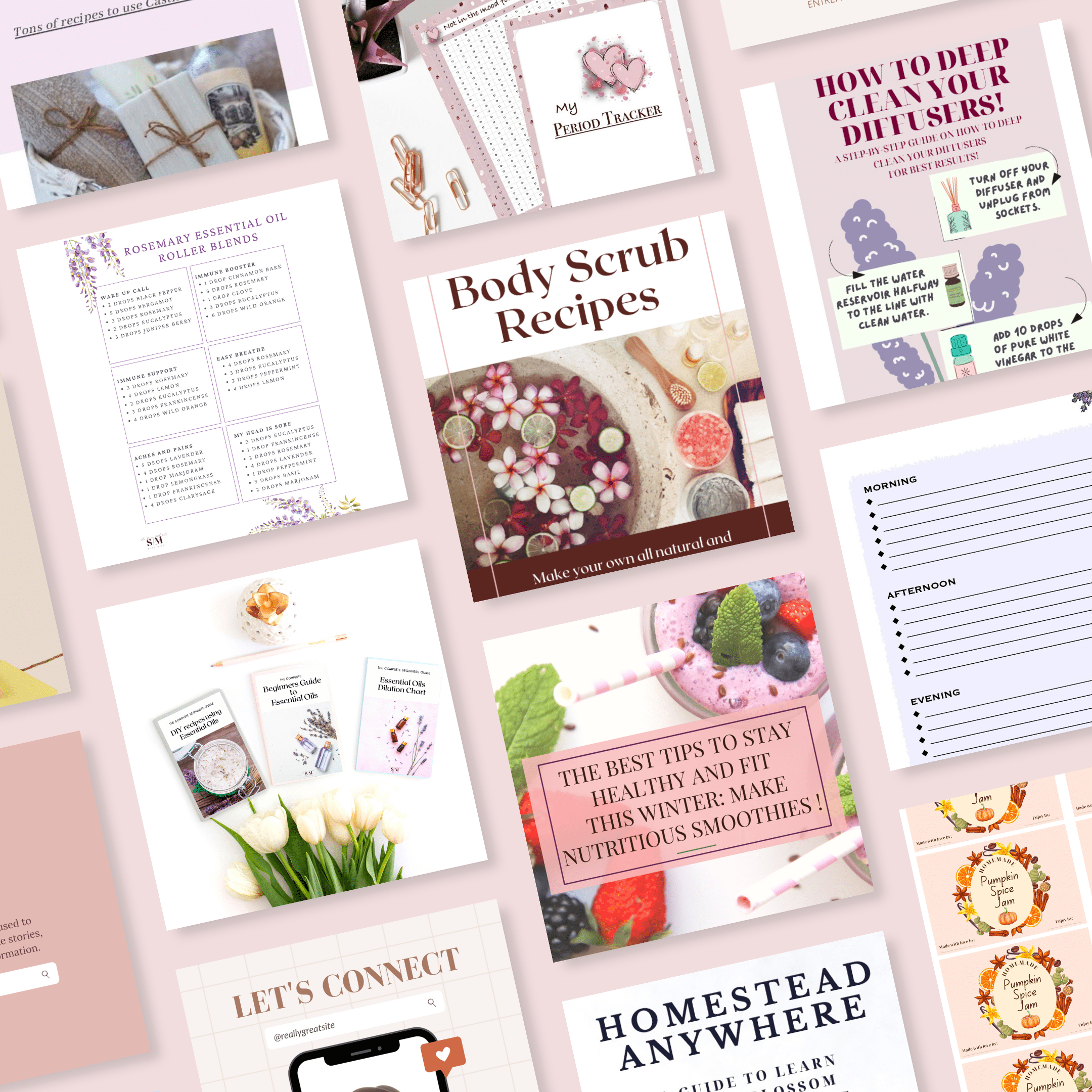HOW TO MAKE KOMBUCHA STARTER TEA
How to make kombucha starter tea. Super easy recipe. No apple cider vinegar needed!
In this post I’ll show you everything you need to know about kombucha.
Here you will learn how to:
- Grow your very own kombucha scoby from scratch;
- Brew your starter tea;
- Make kombucha easily at home;
- Store and preserve your scoby so that it will last indefinitely;
- Flavour your kombucha to your taste through the second fermentation;
- Perform a continuos brew;
- And much more!
See how easy it is to make homemade kombucha at home, without the need to purchase store bought products.
I hope you enjoy it!

The following post may contain affiliate links, which means I’ll get a small commission if you decide to buy using the links provided. This will add NO EXTRA COST to you but it helps me to keep this blog up and running. Thank you. You can get more info by reading my Disclaimer page.
Kombucha, or fermented tea, is a fantastic healthy drink that you can enjoy daily at home with your family.
It has numerous health benefits, particularly for your gut and overall digestive system.
While kombucha is readily available in any health or grocery store, you can easily make yours at home for a fraction of the price.
Most importantly, brewing kombucha at home gives you complete control over the ingredients used.
Luckily for you, making kombucha at home is very easy. Once you grow your first scoby, you can start making kombucha on a regular basis in your kitchen and enjoy its many benefits with the rest of your family.
Let’s dive in!
WHAT IS KOMBUCHA?
Kombucha is a fermented drink made with tea and sugar.
From www.bbcgoodfood.com:
“Kombucha is a mildly fizzy, fermented drink made from sweetened tea and a specific culture known as a ‘scoby’, short for a ‘symbiotic culture of bacteria and yeasts’. The bacteria and yeasts in the scoby convert the sugar into ethanol and acetic acid. The acetic acid is responsible for kombucha’s distinctive sour taste.”
WHAT IS KOMBUCHA GOOD FOR? KOMBUCHA HEALTH BENEFITS.
Kombucha has been used for centuries, due to its many health benefits.
In fact, it contains prebiotics, probiotics, digestive enzymes, and many other beneficial ingredients that will help support your overall health.
Let’s go through some of the main health benefits of kombucha.
KOMBUCHA IS A source of probiotics
Fermented foods such as kombucha, kefir, yogurts and sauerkraut contain live micro-organisms.
The probiotic bacteria present in fermented foods and drinks can help to balance and improve levels of beneficial bacteria in the gut. Therefore, ferments can improve digestion.
However, it is important to note that the amounts and strains of probiotics present in any fermented drink or food will depend on how those foods are made, and on how long they are fermented before consuming.
IF YOU WANT TO LEARN MORE ABOUT FERMENTED FOODS, YOU CAN ALSO VISIT THIS POST HERE:
KOMBUCHA IS a source of antioxidants
Free radicals are a normal by-product of processes and reactions that happen in your body daily.
Unfortunately, free radicals can have a negative impact on your overall wellbeing if not kept under control.
In order to minimise the (bad) effect of free radicals on your body, it is essential that you consume a diet rich in antioxidant food and drinks.
Indeed, antioxidants are the substances that protect your body from the oxidative damage caused by free radicals.
Kombucha is rich in antioxidants.
KOMBUCHA IS a SOURCE OF VITAMINS AND MINERALS
Kombucha contains small amounts of vitamins and minerals which are produced when the yeast breaks down the sugars. For example, it contains vitamin C and the B group of vitamins, such as B1, B6 and B12.
KOMBUCHA IS an anti-fungal drink
One of the by-products of fermentation is acetic acid. Studies suggest that acetic acid may help to reduce the levels of less desirable bacteria and yeast in your gut. At the same time, acetic acid might promote more beneficial strains.
KOMBUCHA May support heart health
Some studies suggest that consuming kombucha on a regular basis, may improve cholesterol management and, thanks to the protective polyphenols in tea, especially green tea, may reduce the risk of developing heart disease.
HOW TO MAKE KOMBUCHA TEA AT HOME
In order to make your own kombucha tea at home, you will need just a few ingredients:
- A kombucha starter tea;
- A scoby;
- Freshly brewed black tea;
- Sugar.
a note on the ingredients
Before I show you how to brew kombucha or grow your own starter, please let me give you some important info on the type of ingredients needed.
TEA
When you are trying to grow a scoby or during the first fermentation of kombucha, always use black tea. This will ensure the best results. You can use different types of teas (such as white tea, green tea or herbal teas) during the second fermentation.
If possible, stick to organic tea.
SUGAR
In order to brew kombucha successfully, you need to use sugar.
Sugar substitutes (such as honey or maple syrup) will not work.
You can use regular granulated white sugar. I have never used brown sugar when making kombucha but it will work as well. However, the final result will have a slightly different taste.
WATER
Like when making water kefir, I always recommend using filtered water or spring water.
City or county water straight from your tap contains chemicals that will interfere with the fermentation process and might even prevent it (those added ingredients might actually kill the good bacteria present in the kombucha).
WHAT IS STARTER TEA FOR KOMBUCHA?
If you like to bake sourdough bread at home, you will know what a sourdough starter is.
A starter is necessary to bake sourdough bread.
IF YOU ARE READY TO START BAKING SOURDOUGH BREAD AT HOME BUT DON’T KNOW WHERE TO START, WELL…..WHY DON’T YOU START HERE?
The same principle applies to brewing kombucha at home. A starter tea is necessary to start the fermentation process that turns regular tea into kombucha.
From www.fermentaholics.com:
“Kombucha Starter Tea is raw, healthy, aged kombucha that contains the living bacteria and yeast needed to brew kombucha. This liquid kombucha culture is usually taken from a previous batch of kombucha and is then used to kick start a new batch of kombucha, hence the name starter tea”.
What can I use if I don’t have starter tea for kombucha? HOW TO MAKE KOMBUCHA STARTER TEA.
In this post, I’m going to show you step – by – step how to grow a scoby and how to start brewing kombucha at home.
However, when it comes to a starter tea, you only have 2 options:
- You could ask someone to give you a cup of starter tea;
- You could buy a bottle of raw, organic and unflavored kombucha at your local store.
Either option will work.
WHAT IS A SCOBY IN KOMBUCHA?
A scoby, also known as kombucha mushroom or kombucha mother, is a jelly-like symbiotic culture of bacteria and yeast that is necessary to brew your own kombucha at home.
In other words, a scoby is a mix of live yeast and bacteria joint together by cellulose nanofibers.
A symbiotic colony of bacteria is necessary to make a new batch of a fermented drink, such as vinegar or kombucha. In fact, the symbiotic relationship between bacteria and yeast in it, helps to lower the pH of sweet tea, keeping it safe from harmful organisms and producing an acidic and strong fermented drink.
can you make kombucha without a scoby?
The short answer is no, you can’t.
As mentioned above, a scoby is necessary to brew kombucha at home. In other words, you cannot make kombucha without a scoby!
If you know someone that is already brewing kombucha at home, they might be able to give you a well established scoby, along with a cup of starter tea.
Alternatively, you could purchase one of the many “kombucha starter kits” available from health stores or online. Generally speaking, those kits contain everything you need in order to get started quickly.
Scoby Kombucha FBA_LEPAZC5747 1 X Organic Kombucha Scoby-Live Culture
HOW TO MAKE A KOMBUCHA SCOBY FROM SCRATCH
Thankfully, if none of the options above are available to you, it is very easy to grow a scoby at home!
I’m going to show you step – by – step how to grow a kombucha scoby from scratch!
Once you have grown your scoby, you can simply follow my kombucha recipe at the bottom of this post!
Subscribe to my YouTube Channel!
If you’d rather watch a video, you can watch on my Youtube channel!
Don’t forget to pin the post for later!
GROW A KOMBUCHA SCOBY FROM SCRATCH – HOW TO MAKE KOMBUCHA STARTER
HOW TO GROW A KOMBUCHA SCOBY FROM SCRATCH
Growing a kombucha scoby at home is very easy. You will need only 3 ingredients and a few kitchen tools.
You will need:
- 1 litre glass mason jar;
- A wooden or plastic spoon, to stir the tea;
- A breathable cover for the top of the jar (a paper towel, cheese cloth, coffee filters or a tea towel all work well);
- 1 cup black tea;
- 1 bottle of store-bought organic, raw and unflavoured kombucha;
- 2 Tbsp white sugar.
Method:
Make 1 cup of strong black tea. Pour the sugar in the tea while it is still hot, and dissolve it completely with the help of a spoon.
Cover the jar with a cheese cloth (or kitchen paper) and let it sit at room temperature till it has cooled down. Use a rubber band to secure the cheese cloth.
Once the tea is cool enough, pour the entire content of your store-bought kombucha in it and mix well.
Cover the jar again, and let it rest for at least 2 weeks at room temperature, away from direct sunlight and heat.
The best place is a kitchen cabinet or countertop.
After 2 weeks, you should have a healthy and established scoby. If that is not the case, wait for an extra week.
YOUR FIRST KOMBUCHA STARTER TEA
After those initial 2-3 weeks, the fermented drink in your jar will be your kombucha starter tea. Keep in mind that this starter liquid cannot be drunk and can only be used to make your first brew of kombucha.
HOW DO YOU TAKE CARE OF A SCOBY?
Once you have successfully grown a fresh scoby, you will be able to use it for an unlimited period of time if you look after it properly.
The best way to ensure the health of your scoby, is to use it continuously. In fact, every time you add it to your next batch of kombucha, the new scoby gets all the nutrients needed in order to survive and thrive.
If you are maintaining your scoby well, every time you brew kombucha, it will grow in thickness. The thicker the scoby, the faster your kombucha will ferment.
Sometimes, due to life getting too hectic, you might need to take a break from brewing kombucha. In that case, you will need to learn how to properly store your scoby so that it will be healthy the next time you need it.
You can check this post from www.culturesforhealth.com for useful methods on how to make scoby hotel!
What to do with AN old scoby
Every time you brew kombucha at home, a new layer forms on top of your pre existing scoby.
By the time you have made kombucha for a few weeks or months, you will have more scoby than you could possibly need.
That is why, you could just peel off the top layers and gift it to someone that might want to start making kombucha.
Alternatively, if you have chickens, you could cut a few layers of your scoby in very small chunks and use as extra feed or a treat. Chickens love kombucha scoby!
HOW TO MAKE KOMBUCHA TEA AT HOME
You have successfully grown your very own kombucha scoby and made your starter tea. Now it’s to time to brew your first batch of kombucha tea!
Follow my recipe below. It’s very easy and simple!
You will need:
- One large glass mason jar (at least 1.5 litres);
- A wooden or plastic spoon;
- A cheese cloth or a kitchen towel;
- 1 litre of strong black tea;
- half cup of sugar (plain white granulated sugar is perfect);
- 1 cup of starter tea;
- Your scoby.
INSTRUCTIONS
Your first step is to make 1 litre of strong black tea (I normally use 2 tea bags). Next, dissolve 1/2 cup of white sugar in it while it is still hot. After dissolving the sugar, let the tea cool down to room temperature.
Once the tea has cooled down, add 1 cup of your starter tea and then place your scoby on top.
Always make sure to handle food and drinks with clean hands.
Cover the jar with a cheese cloth, and let it sit at room temperature for at least 10 days. An ideal spot would be the kitchen countertop, away from direct heat and sunlight. Make sure to use a rubber band to secure the cheese cloth. This is very important as it will help you to keep those pesky fruit flies or any other insect away from your kombucha during the fermentation process.
After 10 days you can try the kombucha and see if you are happy with the taste. If not, let it sit for an extra 4-5 days.
When you have reached a flavour you enjoy (between 10 and 15 days since mixing the ingredients), your kombucha will be ready to consume.
How do you store kombucha after brewing?
The final step of the brewing process is to safely store your homemade kombucha.
When your kombucha is ready, you will need to bottle it up in a glass bottle with a lid.
After that, place the closed bottle in the fridge and enjoy whenever you want.
IMPORTANT
Make sure to save 1 cup of your fresh kombucha in order to start the brewing cycle all over again. This will serve as your starter tea.
kombucha second fermentation
The process described so far to make fermented tea is known as “first fermentation”.
After the first fermentation, your kombucha is ready for you to consume anytime you want.
Some people though, like to do what is called a “second fermentation”.
This is the fun part where you can experiment with flavouring your kombucha!
WHAT IS THE SECOND FERMENTATION?
Second fermentation is the process through which you add flavor to your brew of unflavored kombucha using different fruits, juices or other ingredients such as ginger.
While the first fermentation takes a long time, this process normally takes just 2 to 3 days.
The second fermentation is totally optional, you don’t have to do it.
kombucha second fermentation recipe
If you would like to experiment with flavours and tastes, please follow these simple steps.
ADD FRESH FRUIT PUREE OR JUICE
Firstly, you need to pour your freshly brewed kombucha in a glass bottle.
For every litre of kombucha, you can add 1/4 of cup of fresh fruit puree or fruit juice.
At this point, you can add a little sugar to your fruit puree or juice, to suit your taste.
Don’t feel worried about adding sugars cause the yeast already present in the kombucha will eat them away during the second fermentation.
Make sure to stir very well, so that the kombucha mixes thoroughly with the puree or juice.
START THE SECOND FERMENTATION
Place a cheese cloth or kitchen towel on the top of the bottle and secure with a rubber band.
Let the bottle sit at room temperature for about 2-3 days. It is very important that you keep it away from direct heat and sunlight.
After a couple of days, it’s time to move the bottle to the fridge. Make sure to close the lid tightly before doing so.
Once the kombucha has chilled in the fridge, try it and enjoy the taste of fruit!
Store the bottle in the fridge.
WHAT INGREDIENtS CAN YOU ADD TO KOMBUCHA?
When it comes to flavouring your kombucha, there are endless options.
Let’s go through some of them.
Fresh fruit purees or juices
This is probably the most common way of flavouring kombucha.
Adding fruit to your fermented tea will give it a boost in nutritional value, adding vitamins and minerals to it.
You can either puree or juice fruit.
Some fruits, such as berries, work best if pureed. Others, like apples or oranges, are best juiced.
fresh or frozen fruit pieces or slices
Slices or chunks of fruit work very well too. If you add pieces of fruit to your kombucha, its colour will not change.
The downside to this method is that the kombucha will not be very fizzy as a result. If the yeast can’t get to the sugars easily cause the fruit is not in liquid form (as is the case with purees and juices), it can’t turn them into carbon dioxide.
If you prefer your tea with more fizz, add a teaspoon of sugar to the kombucha when you are adding the fruit. This should do the trick!
HERBS (DRIED OR FRESH)
Although it might sound strange, you can actually add herbs to kombucha. They taste really good when paired with fresh fruit!
In my opinion fresh herbs are always best, due to their nutritional value and taste.
In time, dried herbs can loose their fragrance or potency. As a consequence, better stick to fresh ones! Make sure not to add too much though, as the flavour can be overpowering.
STORE BOUGHT FRUIT JUICES OR CANS
Even though you can use store bought products, I admit that it would not be my first choice. I always recommend using fresh, organic fruits and vegetable wherever possible.
Generally speaking, store bought products contain high level of sugars. Most importantly, due to the processing necessary to ensure long shelf life, they normally offer very little nutritional value.
Making your own juice or fruit puree is very quick and simple. I hope you will stick to fresh produce!
ESSENTIAL OILS
Although I’m a big fun of essential oils, I would not use them in any of my fermented drinks or foods.
Firstly, if you are willing to try, you need to make sure to use only oils that are 100% pure, natural and unadulterated. You most certainly don’t want any form of added chemicals to your drinks!
Secondly, you need to make sure that the oils you are using can safely be ingested. In fact, not all essential oils are safe for internal use.
ALWAYS MAKE SURE TO CHECK THE “SUPPLEMENT FACTS” ON THE LABEL OF YOUR ESSENTIAL OILS BOTTLES!
Lastly, some oils have anti-microbial properties, so, by adding them to your ferments, you run into the risk of killing the good bacteria present in your food or drink.

GET THE COMPLETE BEGINNERS GUIDE TO ESSENTIAL OILS!
Are you curious about what Essential Oils are, and what they can do for you and your family?
Did you know that EO have been used for centuries to help support our health and wellbeing?
If you want to learn more, I have created the perfect complete guide to beginners EO users. You can get it on my Etsy shop at a special introductory price.
can you make kombucha with herbal tea or Green tea?
Herbal teas can be used during the second fermentation of kombucha.
There are so many flavours to try that you will have great fun in experimenting.
When mixing kombucha with herbal teas or infusions, make sure to add 1 teaspoon of sugar to jump start the second fermentation process.
For ideas on what combinations of fruits and herbs to use in your kombucha, you could check this post from www.youbrewkombucha.com!
Do I need to burp my kombucha bottles?
Kombucha tea, just like kefir, is alive with beneficial bacteria. As the yeast naturally present in fermented drinks keeps eating the sugars, carbon dioxide builds up.
The longer you ferment food or drinks, the more carbonation builds up.
This is why it is very important to “burp” your bottles if kept at room temperature.
Failure to do so may lead to glass exploding, with possible serious damage to people, pets or your home.
The best way to avoid any problem, is to store your ferments in the fridge. The cold will slow down the fermentation process, keeping carbon dioxide levels at bay.
how long does kombucha last in fridge? Does kombucha go bad?
If you keep your kombucha in the fridge, it will last a very long time.
Due to its acidity and presence of good bacteria and yeast, it can safely be stored in the refrigerator for about 6 months.
Although I seriously doubt that it will last that long in your home!
Don’t forget that if you store your kombucha outside of the refrigerator, it will keep fermenting until it becomes vinegar!
how much kombucha tea should i drink?
As with all fermented drinks and food, there are possible side effects.
I always recommend to start very slowly when introducing a new fermented food or drink. Build up your intake over the course of a couple of weeks.
And never introduce multiple ferments at the same time. Stick to one till you build tolerance to it. Then, you can add more.
In the case of kombucha, after the initial period of adjustment, you can safely drink 1 to 2 glasses a day.
Naturally, always consult with a trusted medical professional in case you have doubts or if you suffer from any health condition.
For a list of possible side effects, you can consult this post from www.healthline.com!
Is kombucha tea alcoholic?
During fermentation, the sugar is broken down into alcohol and carbon dioxide.
As a result, kombucha tea does contain small amounts of alcohol.
Store bought kombucha teas are labeled “non-alcoholic” because they contain less than 0.5% alcohol. However, homemade kombucha tends to have significantly higher alcohol content.
Although the amount of alcohol is negligent and won’t affect your ability to work or drive, it is recommended that pregnant women and breastfeeding mums avoid drinking homemade kombucha because of the alcohol present in it.
continuous brew kombucha recipe
There are two different methods of making kombucha:
- Batch system;
- Continuos brew.
Both systems are certainly efficient but they offer different advantages.
The batch method is when you brew kombucha in batches and restart each batch with fresh tea, a starter tea and you scoby.
On the other hand, the continuous brew involves storing your kombucha in a large container so that every time you take out some, you replace it with the same amount of freshly made sweetened black tea.
In my opinion, the continuous brew works best for larger families, as the fermentation is ongoing. Therefore, you don’t need to wait 10-14 days for the new batch to be ready.
If you are opting for the continuous brew, you need to make sure to leave at least 30% of the original batch in the container before adding more tea.

HOW TO MAKE KOMBUCHA STARTER TEA: CONCLUSIONS
I hope you enjoyed this post.
We love drinking kombucha in my house and my wish is that you will enjoy it too.
If you or your children like to enjoy a fizzy drink, then kombucha is a good alternative to sodas.
Please leave a comment below and let me know if you already drink kombucha or if you are ready to grow your first scoby.
Till next time, Dee.
IMPORTANT: when using Essential Oils, make sure to use only CPTG Certified, Pure, Tested Grade ones, like Doterra Essential Oils. The content of this blog post and any information provided here has not been evaluated by any government entity or medical practitioner. It is NOT intended to diagnose, treat, cure or prevent any disease, illness or condition. It is NOT intended to be a substitute for medical counselling. If you are pregnant, breastfeeding, or suffering from any medical condition or illness or injury, you SHOULD consult a qualified healthcare professional before using any product.
Hi, I’m Dee!
Mom of three; printables creator, natural solutions, simple living and homemade food enthusiast; “Outlander” fanatic.
When I’m not busy writing and designing, you can always find me covered in a cloud of flour in the kitchen, playing and crafting with my children, or making up some blends with my Essential Oils. Also I’m practically obsessed with Crystals and reading during my spare time.
Come along on our crazy journey as a family living in the countryside of Ireland!



